It wont be gourmet, but it will be edible food.
Others are reading now
It wont be gourmet, but it will be edible food.
One Food You’ll Need After the Apocalypse
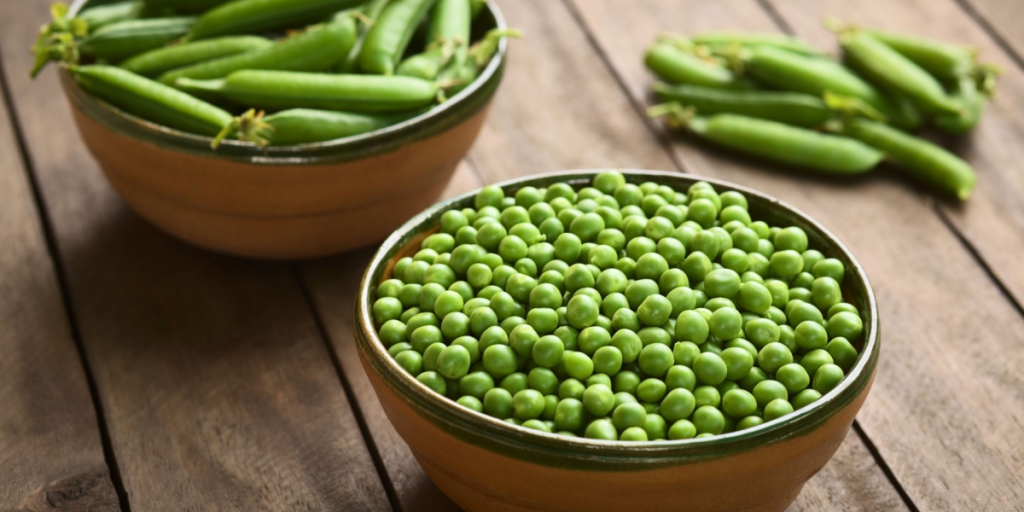
If the world collapses, you’ll want one thing in your garden: peas.
According to two New Zealand researchers, this humble legume is the top survival crop for urban farming after a global disaster.
Protein-rich and hardy, it could help humanity hang on.
The End of the World Diet Starts with Split Peas
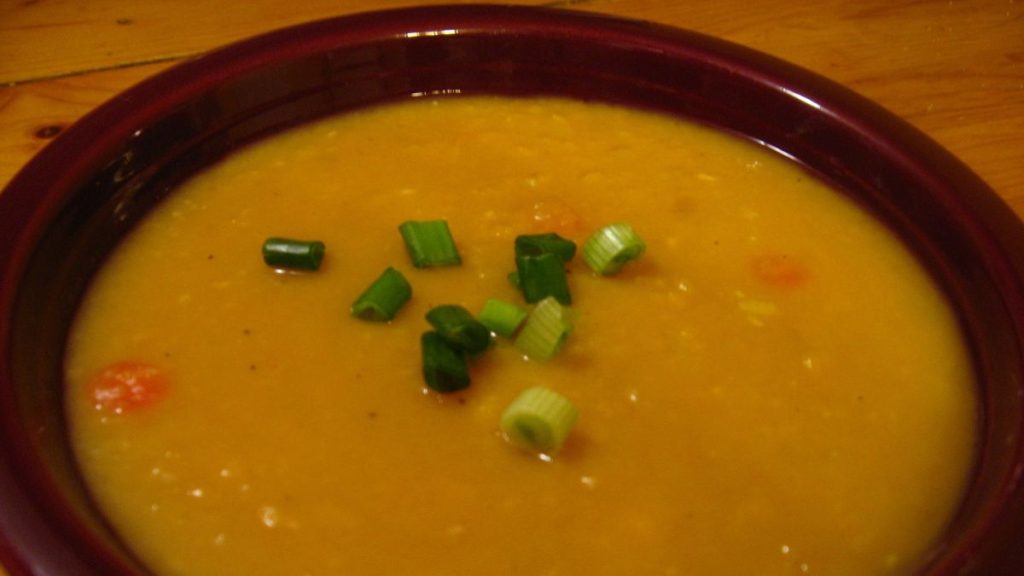
Don’t expect frozen peas or anything gourmet.
Also read
In a survival scenario, peas would be dried into split peas, then soaked, boiled, and turned into pease porridge, a dish common in Medieval times. It’s not fancy, but it’s filling.
25% Protein Makes Peas a Post-Disaster Powerhouse
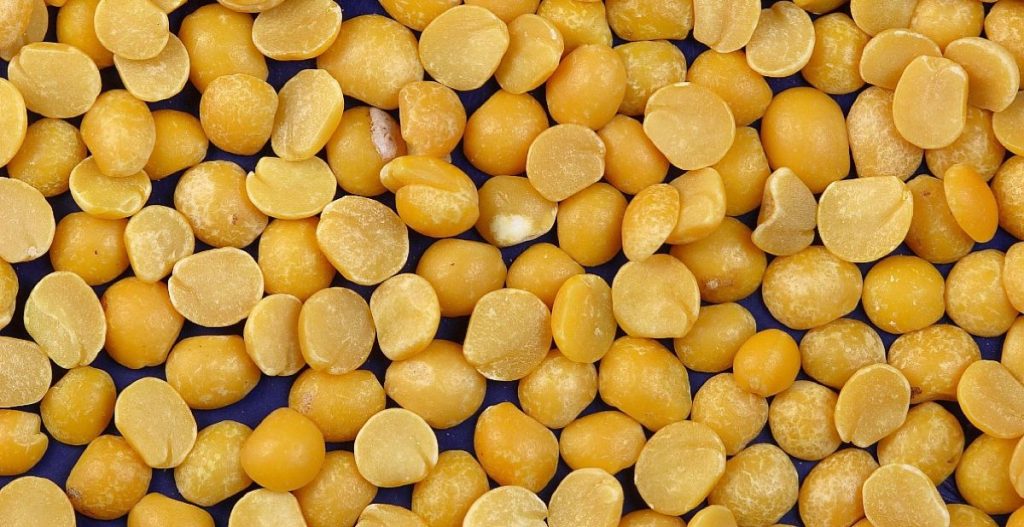
Split peas pack an impressive 25% protein, meaning they can keep you going for hours.
In a world where resources are scarce and farming conditions are rough, peas offer high nutrition and relatively easy cultivation.
Scientists Model Survival Farming in New Zealand
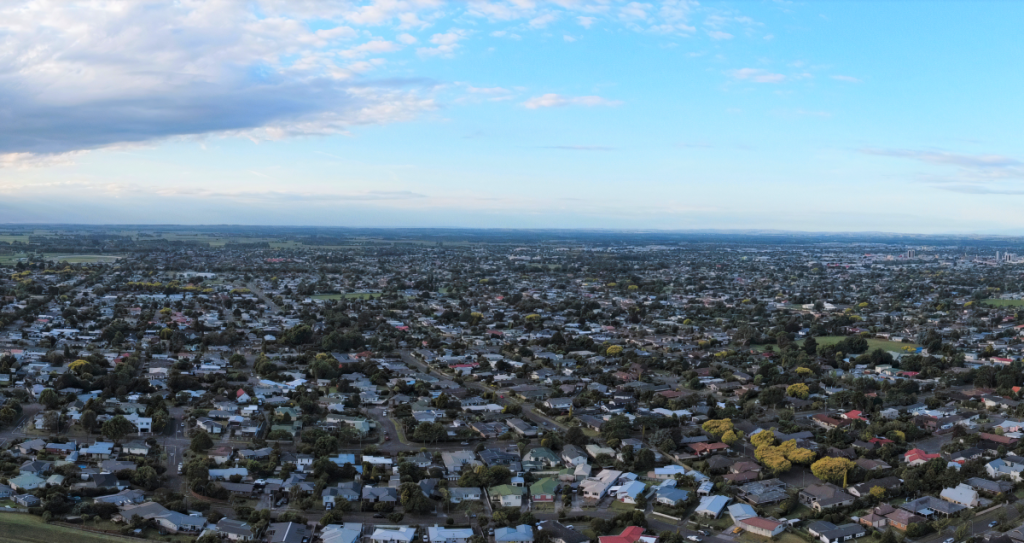
Researchers Matt Boyd and Nick Wilson created a survival blueprint using the city of Palmerston North as a test case.
Their plan involves a rotational system growing peas, wheat, potatoes, carrots, rapeseed, sugar beets, and spinach to maintain soil health and keep a population fed.
Also read
What Happens If Nuclear Winter Strikes?

If climate conditions turn colder due to nuclear fallout or other disruptions, spinach and sugar beets rise to the top of the list.
These crops can survive lower light and colder temperatures, making them ideal for growing during prolonged darkness or reduced sunlight.
Spinach: The Post-Apocalyptic Superleaf
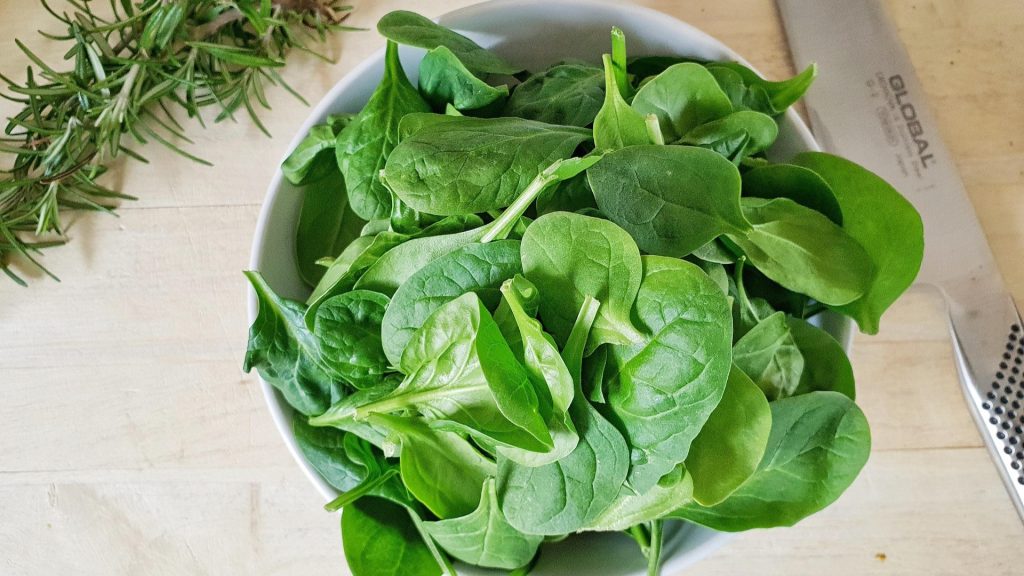
Spinach isn’t just hardy, it’s packed with nutrients.
Every 100 grams delivers 3 grams of protein, a boost of vitamin C, and essential minerals like iron and manganese. It’s easy to grow and can be eaten raw, steamed, or stirred into survival stews.
Sugar Beets: From Horse Feed to Human Food
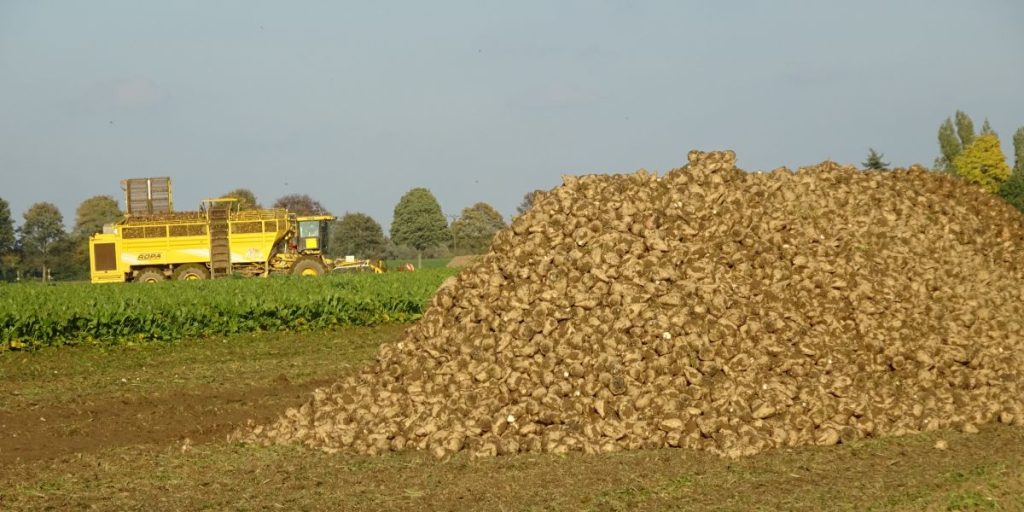
Often fed to livestock, sugar beets could become a critical food source in hard times.
Also read
With 43 calories per 100 grams and a structure similar to beetroot, they can be grated, roasted, or eaten raw in salads if needed.
Apocalypse Gardening Is About Survival, Not Taste
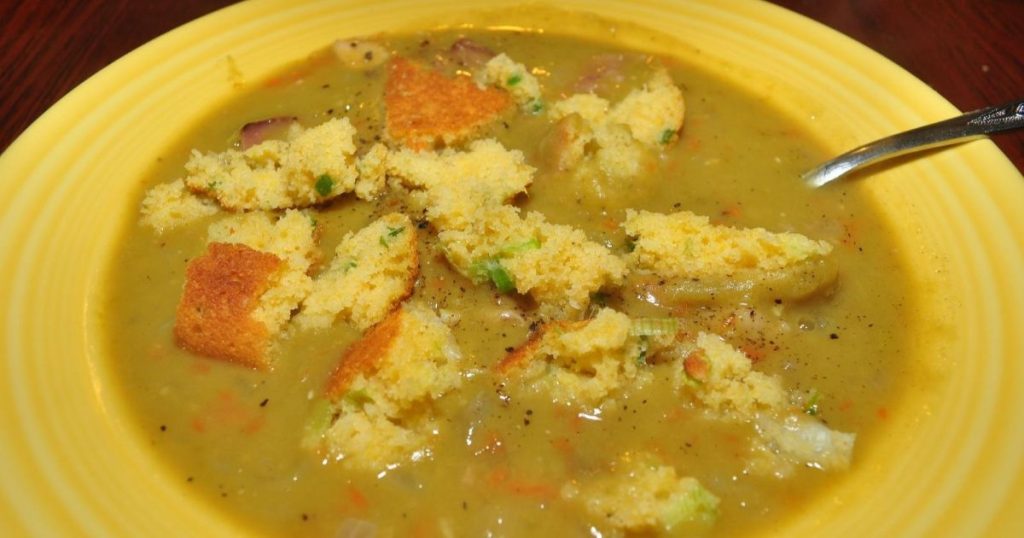
Forget flavour. In a global emergency, the goal isn’t dining, it’s surviving.
Foods like pease porridge, dried greens, and root vegetables may not excite the palate, but they’ll provide the nutrients needed to endure long-term hardship.


